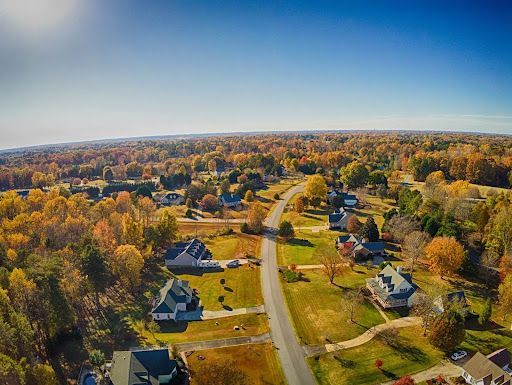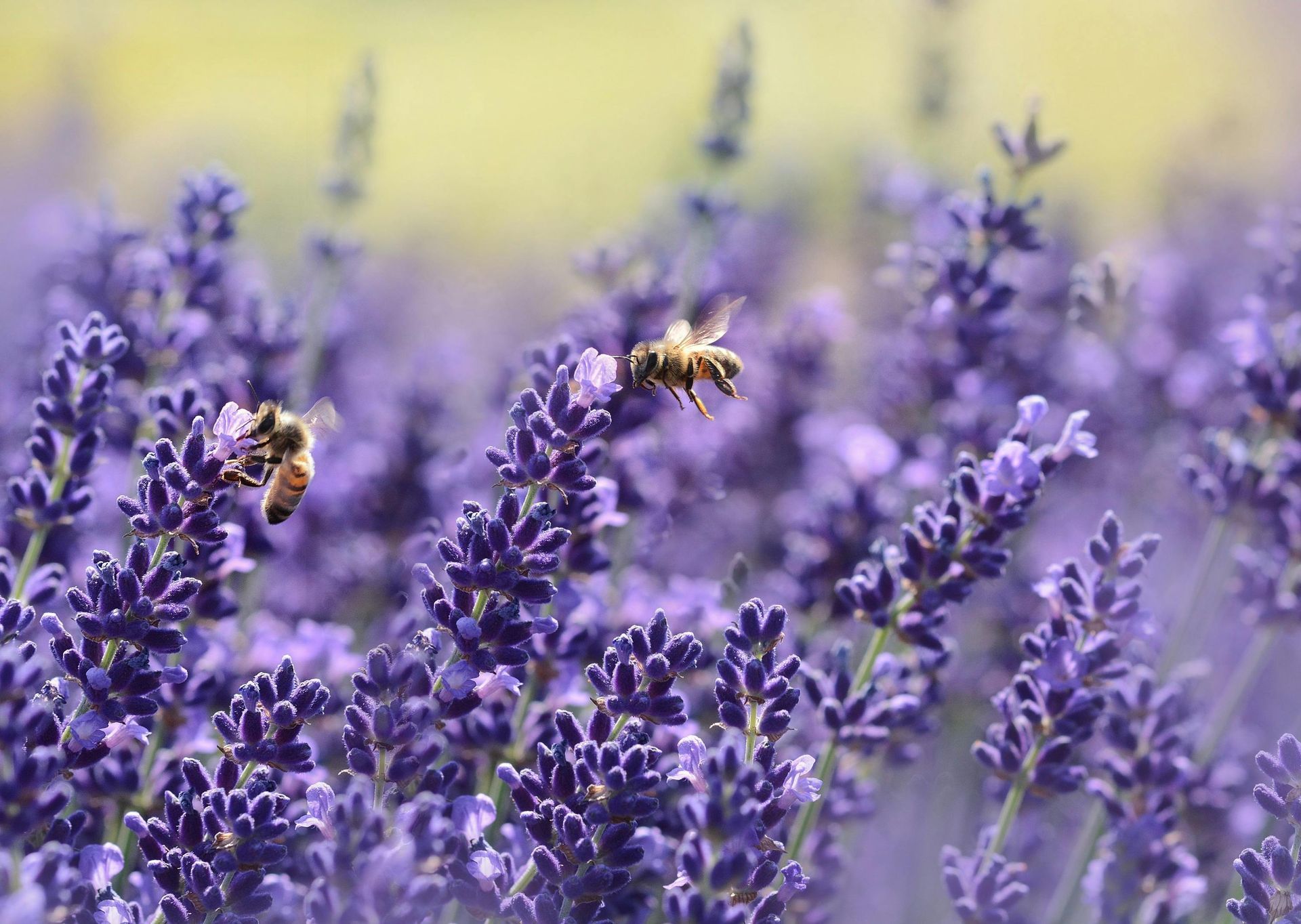Eco-Friendly Tips for a Pest-Free and Organized Home in Nevada
Maintaining a pest-free and organized home demands more than occasional cleaning and ad-hoc decluttering; it requires a consistent, thoughtful approach to both cleanliness and household management. For Nevada residents, the arid climate and extreme temperatures can drive pests like ants, roaches, and rodents to seek refuge in human environments. Fortunately, by embracing eco-friendly and systematic strategies for decluttering and cleaning, homeowners in Nevada can create less hospitable environments for pests without resorting to harsh chemicals.
The Connection Between Clutter and Pests
Clutter not only affects the aesthetics of a home but also enhances the likelihood of pest infestations. Piles of clothing, stacks of papers, and cramped storage areas provide excellent hiding spots for pests. These cluttered spaces trap dust, moisture, and crumbs, all of which attract pests looking for shelter and food.
Decluttering to Deter Pests
Decluttering is a decisive step towards a pest-free home. Begin by assessing less frequented areas of your home, such as basements, attics, and garages. Removing old boxes, unused furniture, and other items that are seldom touched reduces potential nesting grounds for pests. Embrace a minimalist approach, keeping only what you need and use regularly.
When sorting through belongings, consider each item's utility and sentiment. Remove duplicates, repair damaged items, and donate or sell what no longer serves a purpose. By minimizing possessions, you not only clear space but also eliminate many of the small, overlooked areas where pests can establish themselves.
Storing Items Properly
Proper storage is critical in keeping your home organized and pest-free. Invest in sealed containers for food items, especially grains, flours, and sweets which are highly attractive to pests. Plastic bins with tight-fitting lids can protect seasonal clothing, linens, and other fabrics from moths and silverfish. For bulky items or those infrequently used, consider elevated shelves in dry areas to prevent access from rodents and insects.
Routine Cleaning Practices
Consistent cleaning is perhaps the most effective way to prevent pests. Regular sweeping, vacuuming, and mopping eliminate crumbs and spills on which pests can feed. Pay special attention to kitchens and dining areas, where food particles are more likely to accumulate.
Deep cleaning a few times a year is also vital. Move appliances to clean behind and beneath them, as these dark, undisturbed spaces can harbor both pests and their food sources. Clean out pantries and cabinets to remove expired goods and wipe down surfaces to eliminate sticky residues that attract insects.
Natural Alternatives to Chemical Pesticides
While chemical pesticides can be effective, they often pose risks to our health and the environment. Fortunately, there are several natural alternatives that can help keep your home pest-free. Diatomaceous earth can be sprinkled in areas where bugs are a problem; it is harmless to humans and pets but lethal to insects. Essential oils like peppermint, lavender, and eucalyptus also deter many types of pests and can be used to make homemade repellents.
Maintaining Your Outdoor Space
Pest prevention doesn’t stop at the door. Maintaining your yard and exterior can also reduce the likelihood of pests entering your home. Make sure to trim bushes and trees away from your house to eliminate "bridges" that pests use to enter. Reducing moisture around your home by fixing leaks and ensuring proper drainage can deter many pests, as many species thrive in moist environments.
Sealing Entry Points
To keep pests out, ensure that your home is properly sealed. Check windows, doors, and foundations for cracks and gaps. Weatherstripping and caulking can seal these areas and help prevent pests from entering. Additionally, installing screens on windows and doors can allow fresh air in while keeping flying insects out.
Finally, a tidy, well-maintained home is inherently less appealing to pests. Regular maintenance checks, addressing minor repairs before they become major ones, and a commitment to cleanliness can all have a significant impact on whether pests choose to make your home theirs. By following these eco-friendly tips, residents of Nevada can enjoy a pest-free environment while also benefiting from a clean and organized living space.
Ready to embrace a pest-free, eco-friendly lifestyle in your Nevada home? Natura Pest Control is here to help! Our team specializes in environmentally conscious pest management solutions tailored to your unique needs. Don't let pests disrupt your peace of mind any longer. Contact us today, and let’s craft a greener, safer pest control plan together.




